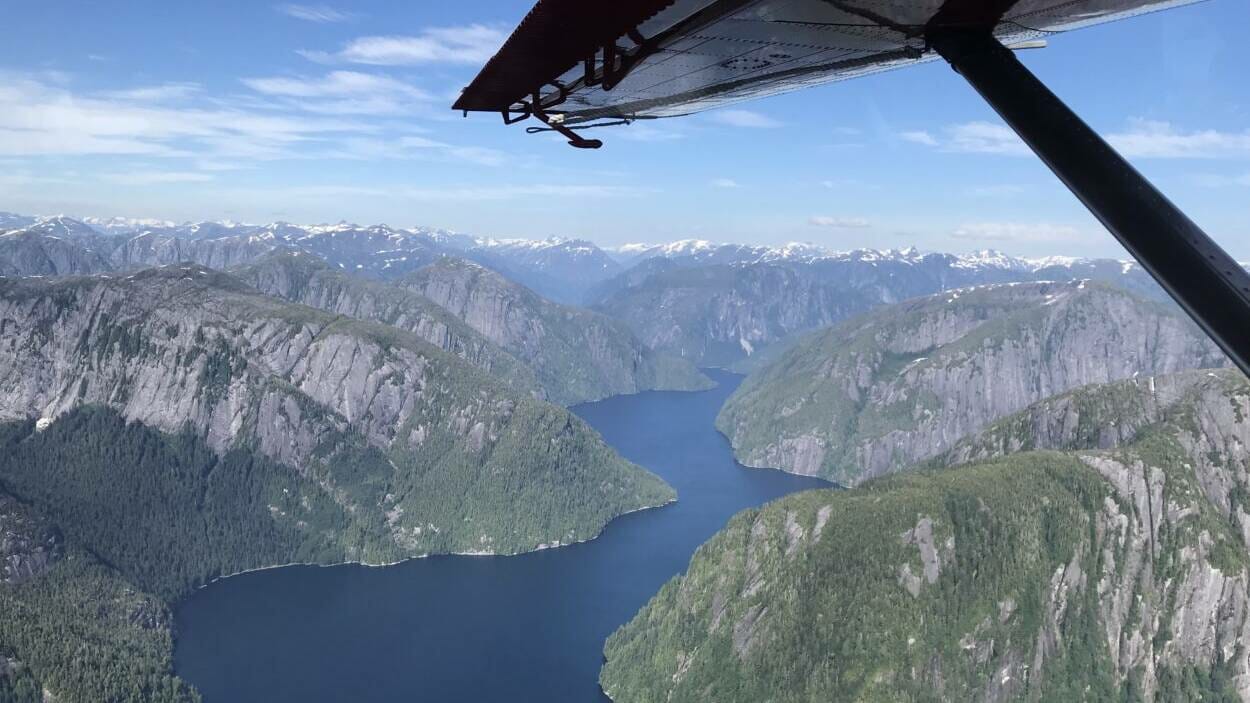I think so yeah. The Wings crash would have looked almost identical but I don’t think the feds did screen reconstructions just some data plots.
They released a video:
The accident pilot signed up to fly right seat in caravans in the L48. Nice, funny, but low time and inexperienced. Was put through ground in the L48, then sent to Juneau because "A pilot is a pilot," according to K5 management. "There's nothing special about Alaska flying."
Some background: The accident pilot finished IOE two weeks before the crash during a windy, but fairly dry, spring (Read: Nice weather). Had turned around several times due to wx in the previous week, and canceled a few flights. The winter before the crash, K5 management got rid of Wings' local dispatch office, told the Alaska crew that we didn't know what we were talking about, and accused us of trying to "sabotage" the operation. Wings Dispatchers in AK would change, upgrade, downgrade flights, and kept newer pilots on a relatively tight leash, working with pilots to help them make weather decisions based on local weather knowledge, weather cams, forecasts, and so on.
K5 "Dispatchers" would simply read the METAR at the origination and destination airports, as if it mattered. The departure and destination airports were both "VFR."
During the post-accident investigation, the company tried to throw the pilot under the bus, and partially succeeded. But the NTSB did sniff out "Operational control" as a big part of the problem, though they focused on the stupid flight risk assessment forms (Which, for the record, I fully support. But we'd often have fifteen minute quick turns all day long, and we weren't supposed to delay a flight to do them. And they were extremely permissive, relative to some of the FRA forms from other Alaska 135 operators I've seen.)
I wasn't at work that day, but if I had been, I wouldn't have been flying, no matter what a flight risk assessment form said.
Airplanes were dispatched as if they were IFR capable in a pinch ("You've got a GPS!"), when it came to weather, but VFR ("We're a VFR operation!") when it came to maintenance requirements, as per
@Roger Roger above. The Chelton EFIS is a great piece of equipment, but ours, especially on the 207s, were fairly unreliable due to K5's behavior surrounding avionics maintenance. (The planes were in great shape, mechanically, IMO, but avionics mx is a different skillset)
Juneau has a culture problem; K5 management just added idiocy and hubris.




